pH Automation in Hazardous Areas
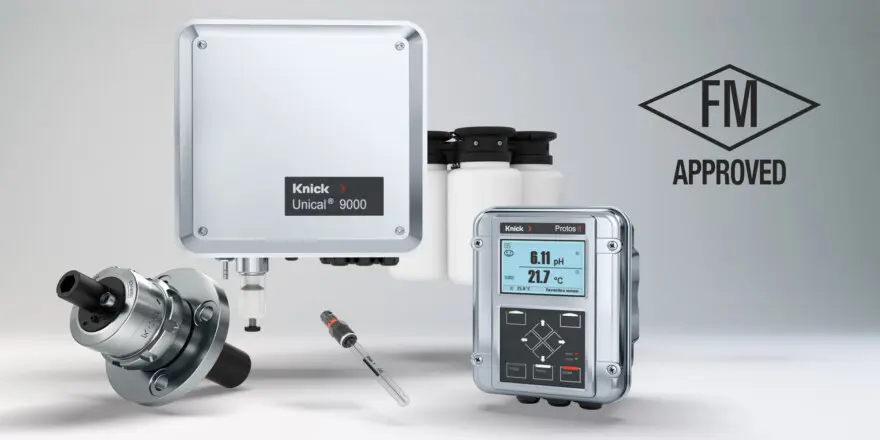
Operators and technicians interacting with pH, ORP, or conductivity in classified areas are at risk and must take various steps to operate safely. Working in hazardous areas can make obtaining accurate measurements harder.
Corrosion Control in Crude Distillation with pH Analysis
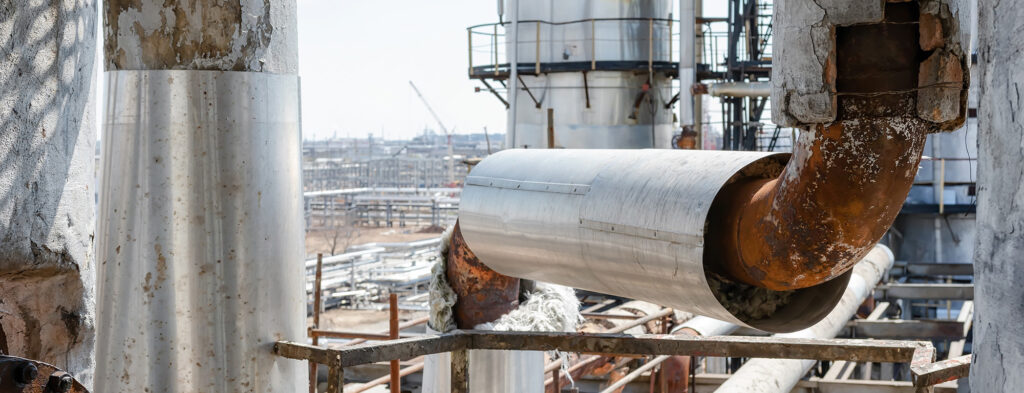
Technicians and operators of industrial equipment across all process industries share a common goal — corrosion control.
Analyzing pH Sensor Junctions
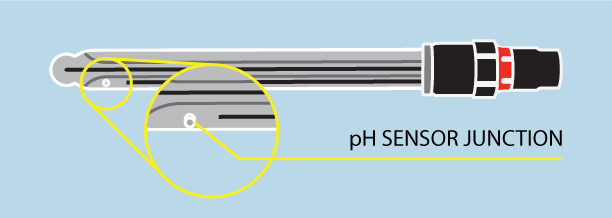
Choosing the right junction style for each application is essential for your sensor performance.
5 Benefits of Automated Systems for Cleaning and Calibrating your Sensors
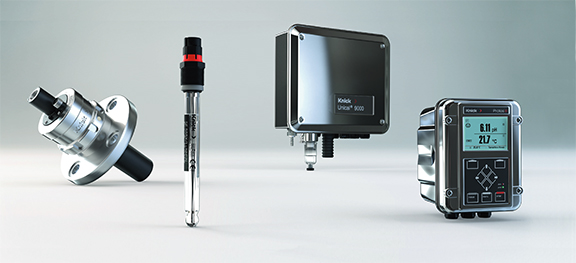
Automated systems are a reliable and secure way of promoting operational safety for applications.
pH Monitoring in Semiconductor Chemical Clarifiers
Monitoring pH in the influent, clarification, and effluent stages of water treatment is crucial to verifying that impurities are sufficiently removed.
How Does a pH Sensor Work?
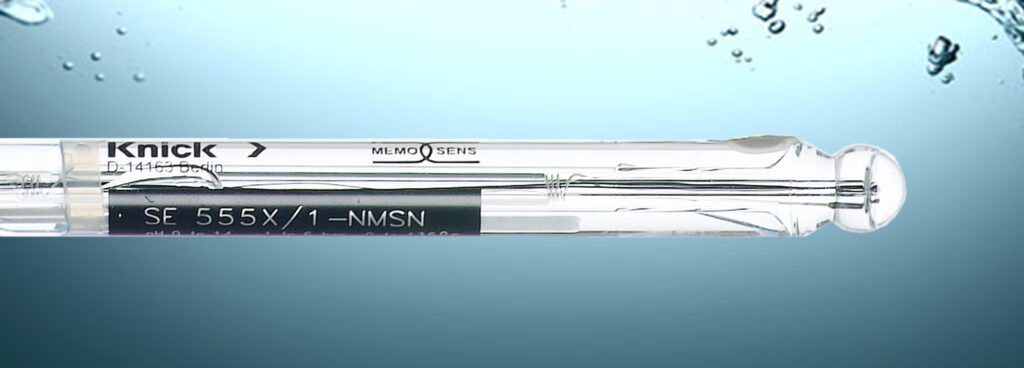
When most people think of pH measurement, they typically recall the litmus paper tests from elementary school…
2-point and 3-point Calibration Comparison for pH Measurements
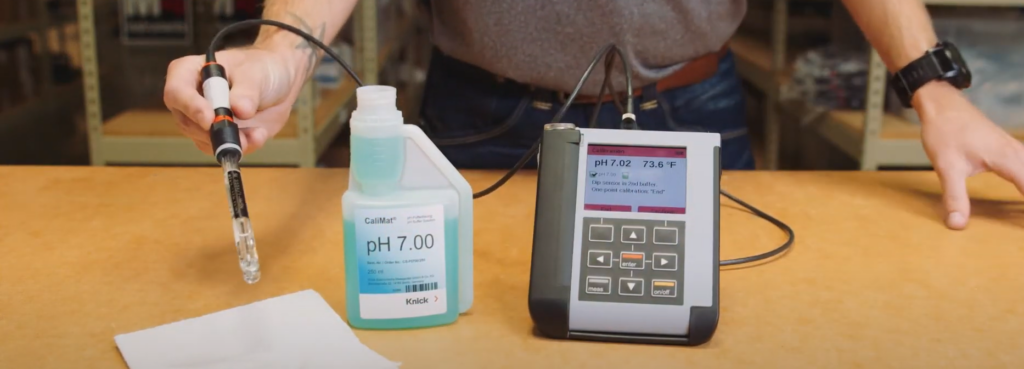
Understanding which method of calibration is better for your application is key to confirming accuracy.
pH & ORP Measurements in Chlor-alkali Electrolysis
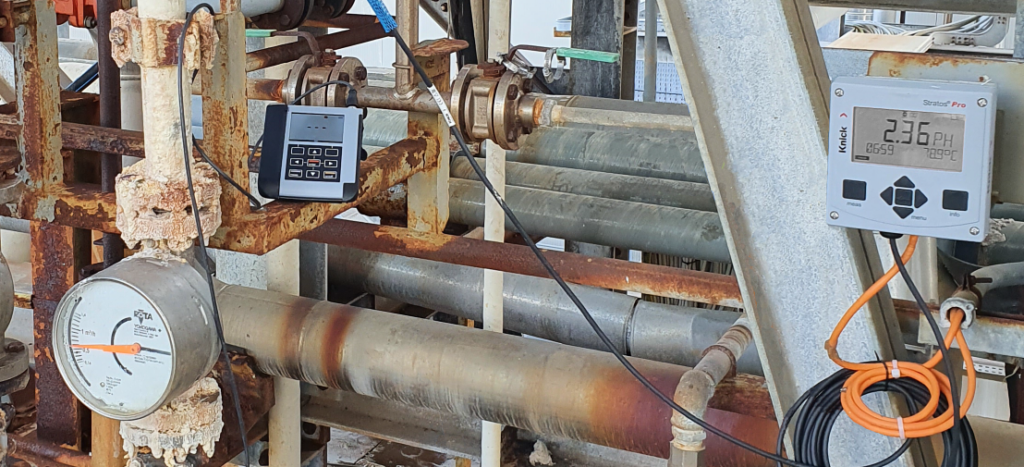
Chlor-alkali electrolysis is an important industrial process that produces chlorine, sodium hydroxide, and hydrogen.
Permitted Outfall: Automating pH Measurements in the Pharma Industry
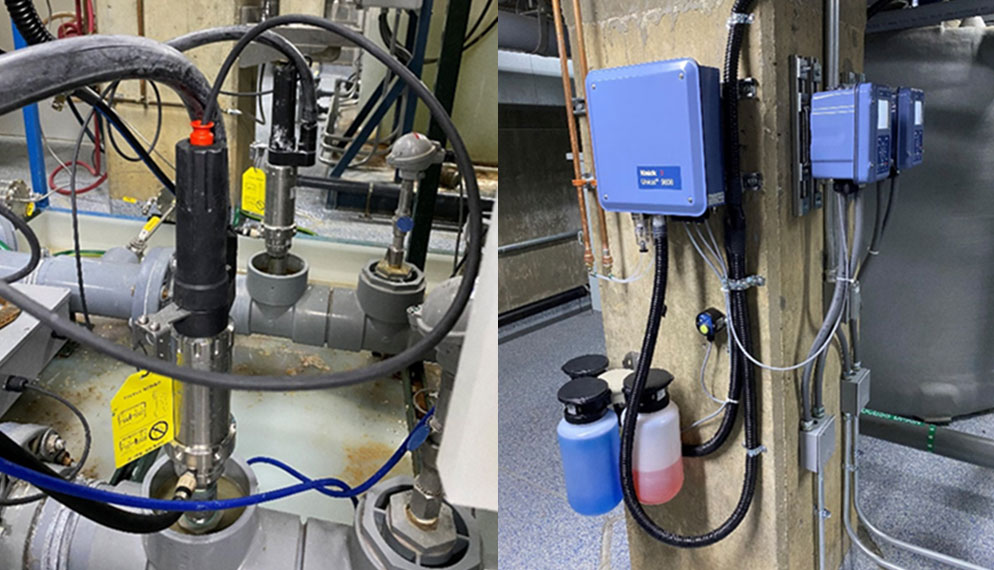
In a pharmaceutical plant, there are multiple steps in treating wastewater created during drug manufacturing.
Automatic Cleaning and Calibration Systems for pH Measurements
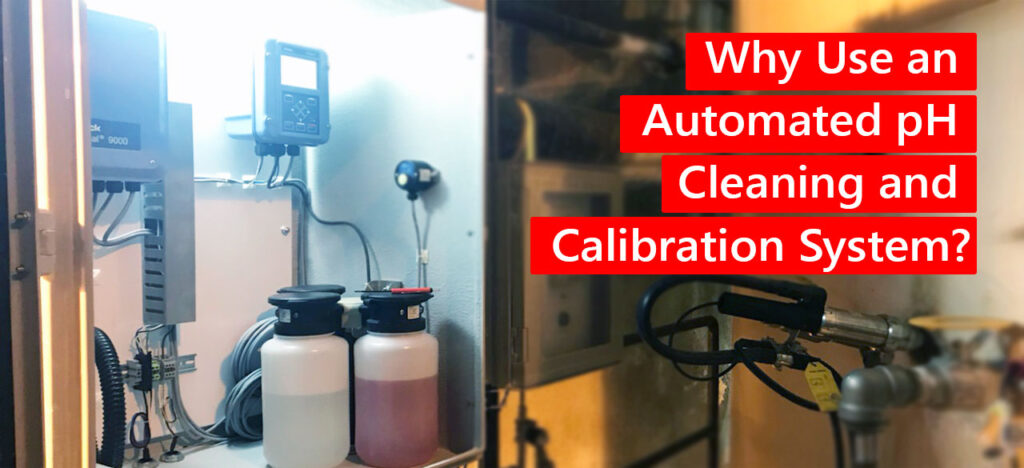
A primary reason for implementing an automated system is to reduce pH sensor usage and lessen the strain on maintenance budgets
